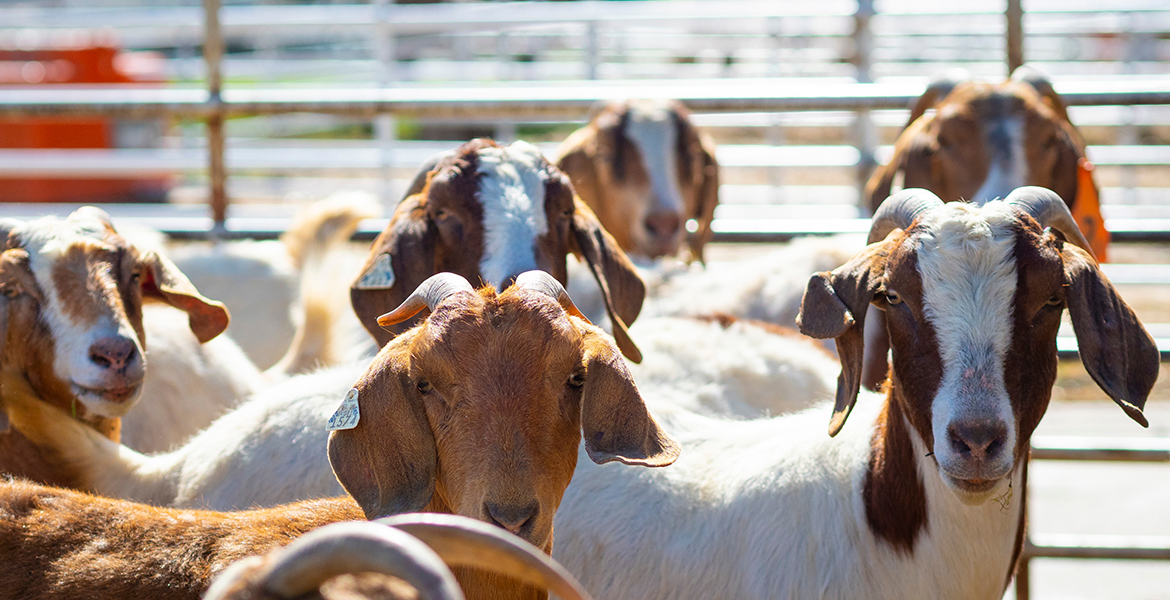
Meat goats tough out COVID-19 disruptions
Tuesday, March 30, 2021
Meat goat market disruptions due to COVID-19 last year appear to have made less of an impact than expected, said JJ Jones, Oklahoma State University Extension area agricultural economist.
“Meat goats were affected barely at all by the pandemic,” Jones said. “Prices and demand remained surprisingly strong, to Oklahoma producers’ benefit.”
Oklahoma is typically the fourth largest state for meat goat production, although Jones has watched meat goat numbers slowly decline over several years for a variety of cultural and economic reasons. So, while last year showed another slight drop in numbers, the general trend doesn’t seem to be any worse due to pandemic distancing issues.
In the latest data, the USDA shows Oklahoma had 84,000 meat and other goats in 2020, compared with about 79,000 at the beginning of 2021, or a 6% drop. That’s a slightly steeper decline than 98% for the rest of the country as reported by the USDA’s National Agricultural Statistics Service.
Prices present a different picture, however. The average price of a 40- to 60-pound kid in 2020 was $3.17 per pound, almost 40 cents over the previous year’s average – “a banner year for 2020,” Jones said. Examining data out of the Livestock Marketing Information Center, he said 2021 is looking even better, with expectations of more than $4 per pound when the first quarter ends.
Meat goats are popular protein alternatives, particularly among some ethnic or cultural submarkets. Goats’ smaller size – compared with beef cattle – appeals to new producers. They soon learn goats require just as much effort and experience to be profitable, Jones said, and some producers opt out after experiencing losses.
The U.S. needs more goats to meet overall demand, so carcass imports out of Australia, New Zealand and Mexico typically remain high. However, COVID-19 disrupted shipping lines, and in 2020 those imports were down 45% from 2019. Only more time and research will reveal what happened to those factors, Jones said.
Jones recently shared some of his market insights on the OSU meat goat channel on YouTube. OSU Extension also has a meat goat program page online with more information.
MEDIA CONTACT: Brian Brus | Agricultural Communications Services | 405-744-6792 | BBrus@okstate.edu
